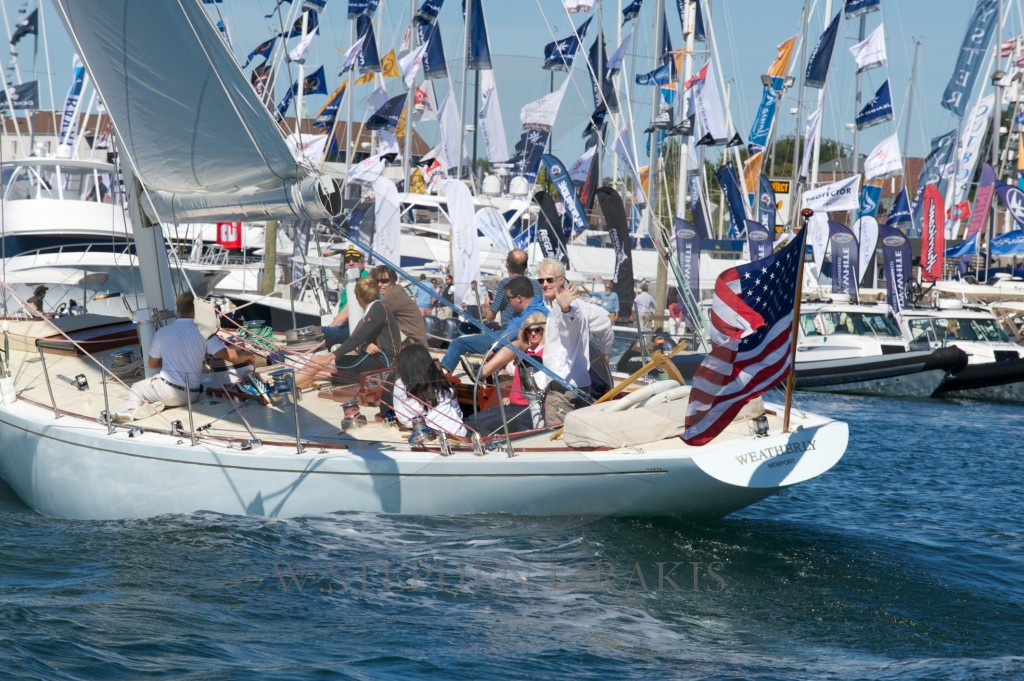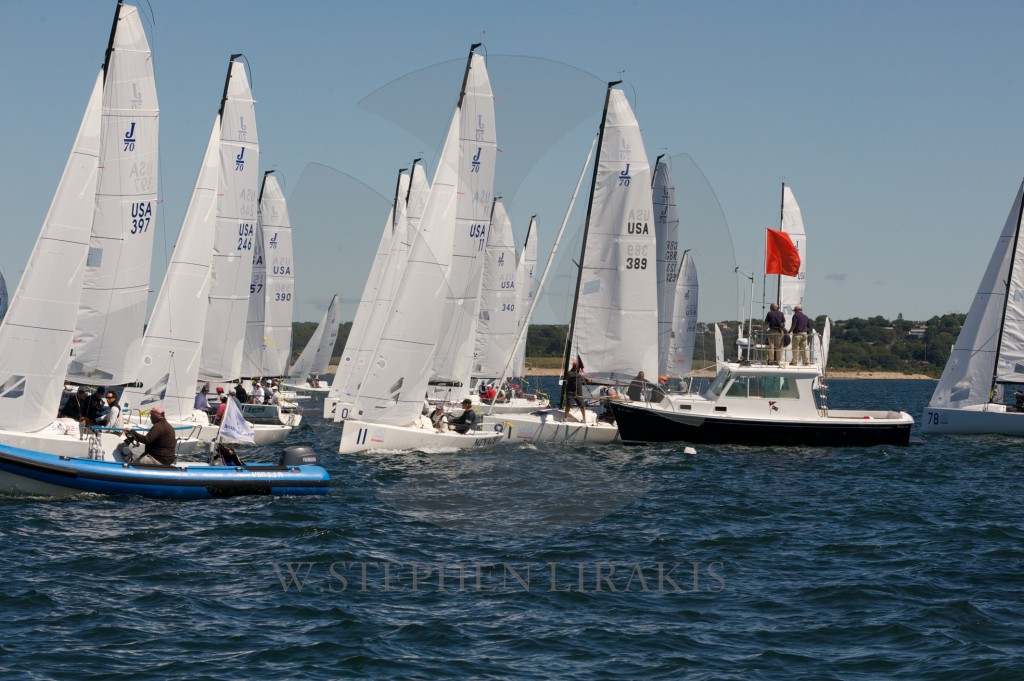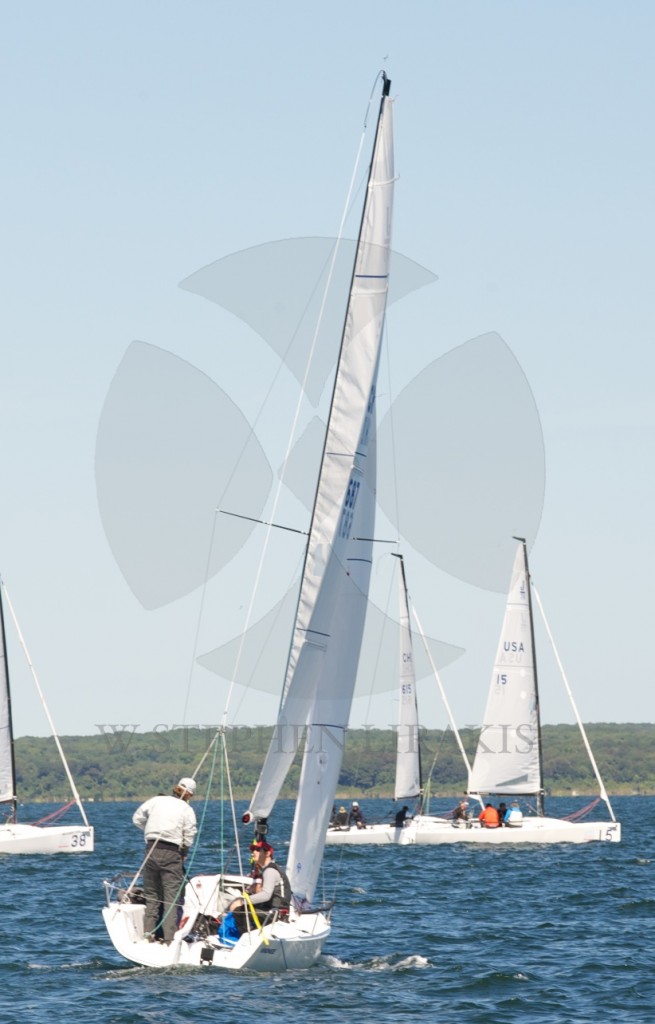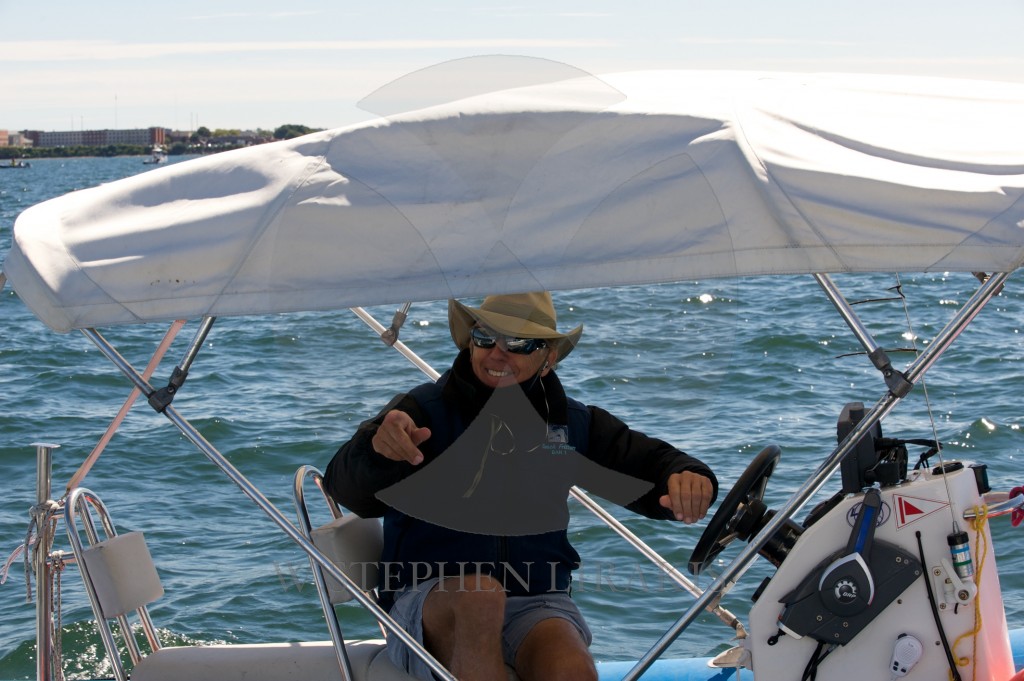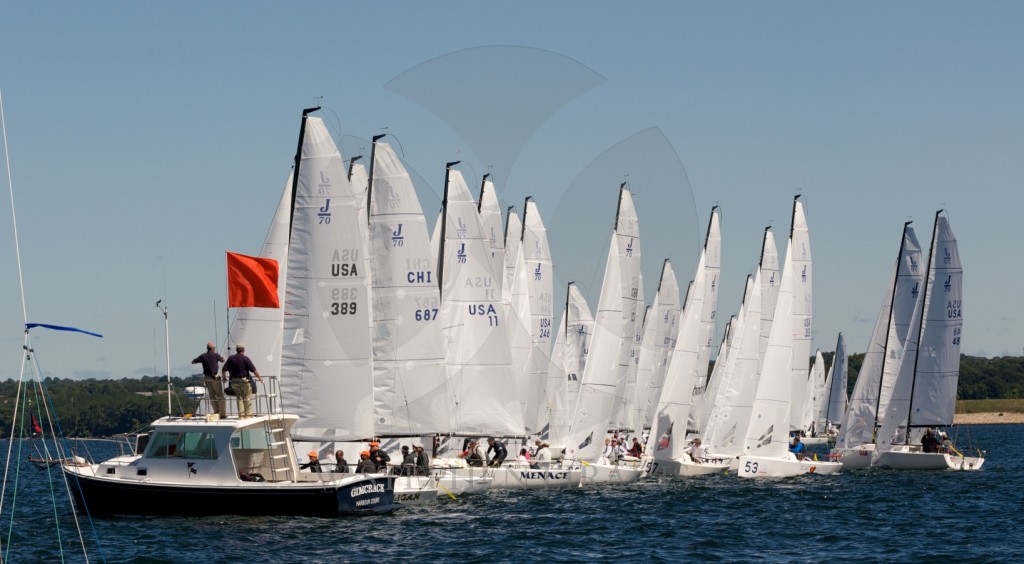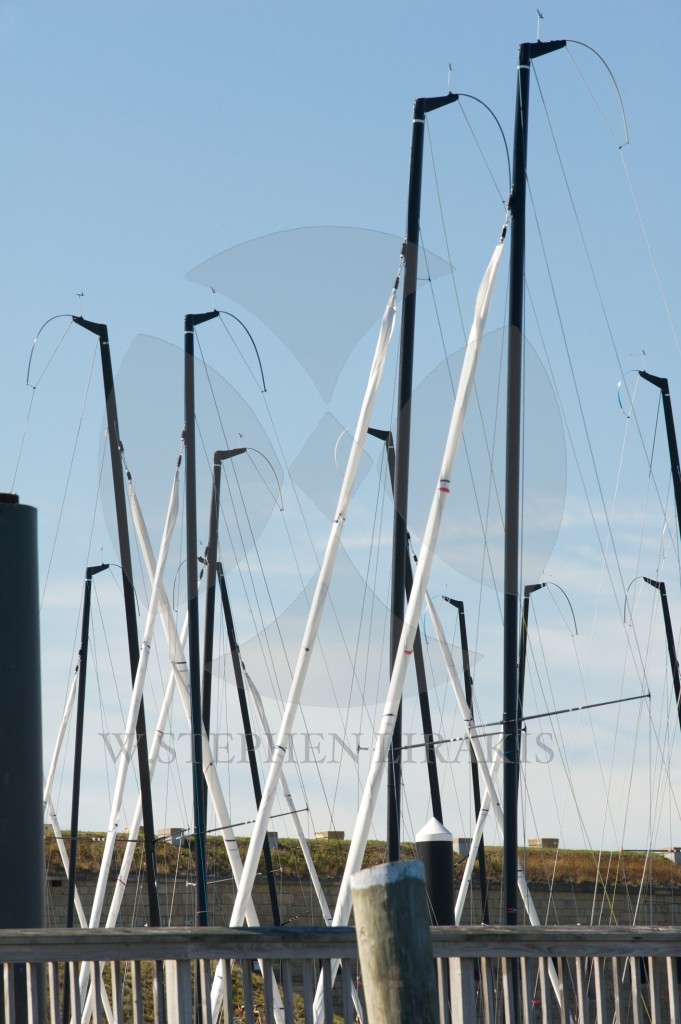The discussion about saving sailing is not a new one. I am one of those people who believe that youth sailing is out of whack. The costs associated are silly. Yet if you want your child to be competitive; you must buy in to the game.
The above video about building the patapon may be more than some wish to commit to in terms of detail of finish, but the concept is what is really important.
The Opti for example was originally conceived to be built inexpensively in your garage in plywood.
Don Finkle presents a compelling argument in his scuttlebutt article.
Where have all the young ones gone?
by Don Finkle, RCR Yachts
We have always believed in and supported youth sailing, which has now expanded from junior sailing schools to high school to college. The latter programs continue to pop up everywhere and young people can now start out at 6 years old and sail extensively on teams up into their early twenties. They have terrific opportunities that we never had at that age.
We are cranking out more well trained sailors than ever before. At the same time we hear that not enough young people are sailing and racing once they graduate out of these programs. We have more skilled young sailors but they are not sticking with it. Why doesn’t this add up?
I don’t buy the idea that kids (I use that term loosely) stop sailing because boats are no longer given to them to use. There are so many crew shortages, even boats they can borrow, that opportunities to sail are everywhere. Used boats are very inexpensive right now; being in the business I can say that with confidence. Many small used one design boats are practically being given away. In our opinion the problem lies elsewhere.
If a youngster starts sailing at six years old and stays with it through college, he/she will have been sailing for most of their lives to that point. Frankly, for them to opt out at this point, it is often a case of “been there, done that”. Those hours and days spent sailing in dinghies were hours they were not playing golf, tennis, softball, fishing, scuba diving, swimming, biking, and many other activities they now want to try.
Young people today have so many opportunities and are accustomed to doing many different things for entertainment. Sailing gets crossed off the list and they are ready to catch up on what they missed. The other issue is that if sailing as they know it means more short-course races in small boats many of them have had their fill after 10-15 years of doing it. Some are just plain burned out.
A percentage of these skilled and enthusiastic dinghy sailors will stay with it. Others will come back to the sport when they are older, often much older. But if we want to keep more young sailors engaged in the sport in their 20s and 30s, they need to see more of a return on their time in the form of fun and social interaction. This likely means a different type of sailing than what they have been doing.
We should ask them and find out.

